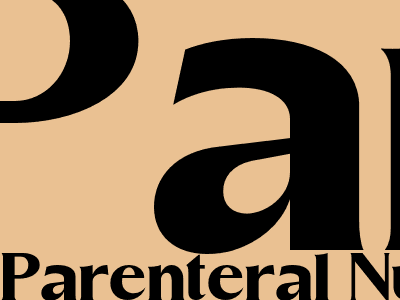Parenteral Nutrition: An In-Depth Look
What Is Parenteral Nutrition?
Parenteral nutrition (PN) is a method of providing nutrition to patients who are unable to eat or absorb nutrients through the digestive tract. PN is administered intravenously (IV) and provides essential nutrients, such as carbohydrates, proteins, fats, vitamins, and minerals.
When Is PN Used?
PN is typically used when a patient is unable to meet their nutritional needs through oral or enteral (tube feeding) intake. This can occur for a variety of reasons, including:
- Severe gastrointestinal disorders, such as Crohn's disease or ulcerative colitis
- Cancer treatment, which can cause nausea, vomiting, and other side effects that interfere with eating
- Major surgery, which can result in a temporary inability to eat or absorb nutrients
How Is PN Administered?
PN is administered through a central venous catheter (CVC), which is a tube that is inserted into a large vein in the chest. The CVC provides direct access to the bloodstream, allowing for the continuous infusion of nutrients. PN is typically administered over a period of 12-24 hours, and the formula and dosage are tailored to the individual patient's needs.
Benefits of PN
PN can provide several benefits for patients who are unable to meet their nutritional needs through oral or enteral intake. These benefits include:
- Provides complete nutrition, including all essential nutrients
- Helps maintain electrolyte and fluid balance
- Can help improve wound healing and recovery from surgery
Risks of PN
PN is generally safe and well-tolerated, but there are some potential risks and complications, including:
- Infection of the CVC site
- Blood clots
- Liver problems
Conclusion
PN is a valuable tool for providing nutrition to patients who are unable to meet their nutritional needs through oral or enteral intake. PN can help improve patient outcomes and quality of life. However, it is important to be aware of the potential risks and complications associated with PN and to monitor patients closely during treatment.

Komentar